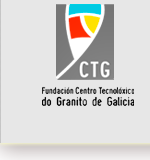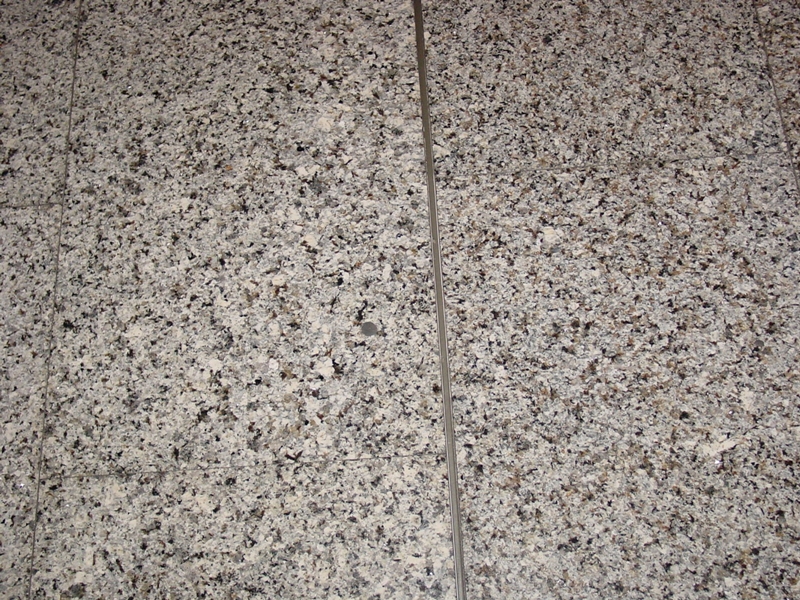 |
 |
A world of possibilities
16/01/2014
The construction of pavings, especially the outsides, is perhaps the constructive application more engaged for the natural stone because of the magnitude of the mechanical actions, to the saturation of water, to the tank of contaminating particles on the surface of the paving and to the poured of all type of products, among others factors. It is essential to define the type of boards, his dimensions and his disposal in the paving area. In the project of an external paving with natural stone have to consider the following typologies of joints: joints of fractionation (of 10 mm of width like minimum), bjoints of meeting or outline (with hard elements like septums, walls, pillars, etc.) and joints of union (his width does not have to be lower of 3 mm in external pavings and of 1 mm in the interiors). With general character, the materials for all type of joints have to be present properties like the formless and suitable adaptability to the movements, suitable resistance according to the planned use, good adhesion to the edges of the slabs, resistance to the atmospheric agents and of cleaning, impermeability when it require and durability. The materials for joints can be of different types: a) Elastic fillers of application in situ: they are adapted for the sealed of the joints of fractionation and joints of outline of the modular rigid pavings, so much into use inner like outside. They are not recommended for traffics of vehicles supplied of rolled elements, rigid or halfrigid. The types of fillers more usual used in paving are: of silicone nature, of polyurethane and of polysulphide. b) Prefabricated profiles formless or sliding: they are appropriate like filling of the joints of fractionation and joints of outline of the modular rigid pavings, so much into use inner like outside, with different categories of traffic. The types of profiles more usual are: a) The constituted by an only profile of aluminium, brass, stainless steel or even of PVC, filling of a formless material (rubber EPDM, neopreno or similar). b) The constituted by two independent profiles of aluminium, brass or stainless steel, that remain anchored in each side of the board and, to the equal that the previous, also contain formless material inserted. c) The constituted by two independent profiles of aluminium, brass or stainless steel, that remain anchored in each side of the board, and that work by slide. |
|
FCTGG © 2012 | Centro Tecnológico del Granito Ribeira, S/N, Torneiros. 36410 | O Porriño (Pontevedra)
  © Ideaspropias Publicidad
© Ideaspropias Publicidad
|




 986 348 964
986 348 964



